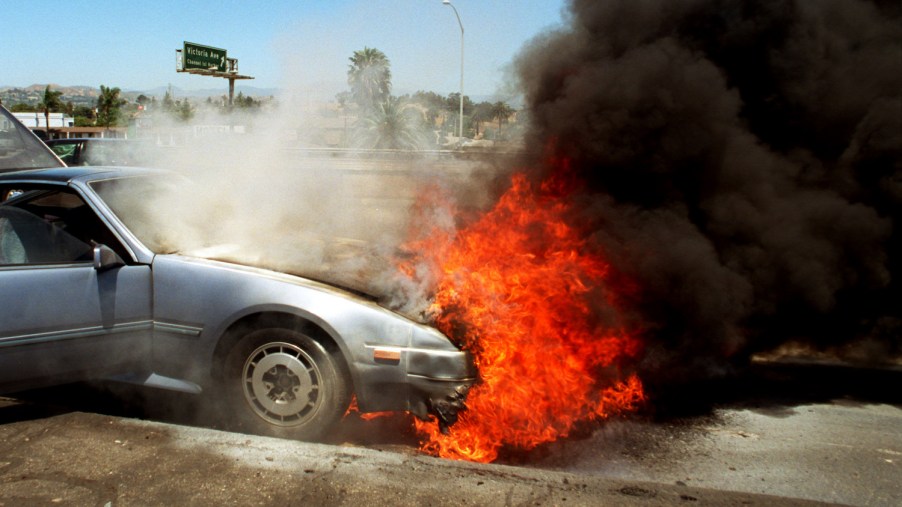
Is it possible to gain 100 horsepower with $1,000 or less?
The short answer is yes. When on the hunt for more horsepower, often it’s accepted that the best way to accomplish this comes down to two things: engine rebuild, or forced induction. The rich car owners do both.
However, for someone who maybe needs to win a [sanctioned] race in order to put hot food on the table, they may need to look into a few shortcuts. The following modifications do not guarantee 100 horsepower, they are starting points that should come well within the $1,000 range.
Nitrous: cheap, immediate, temporary power
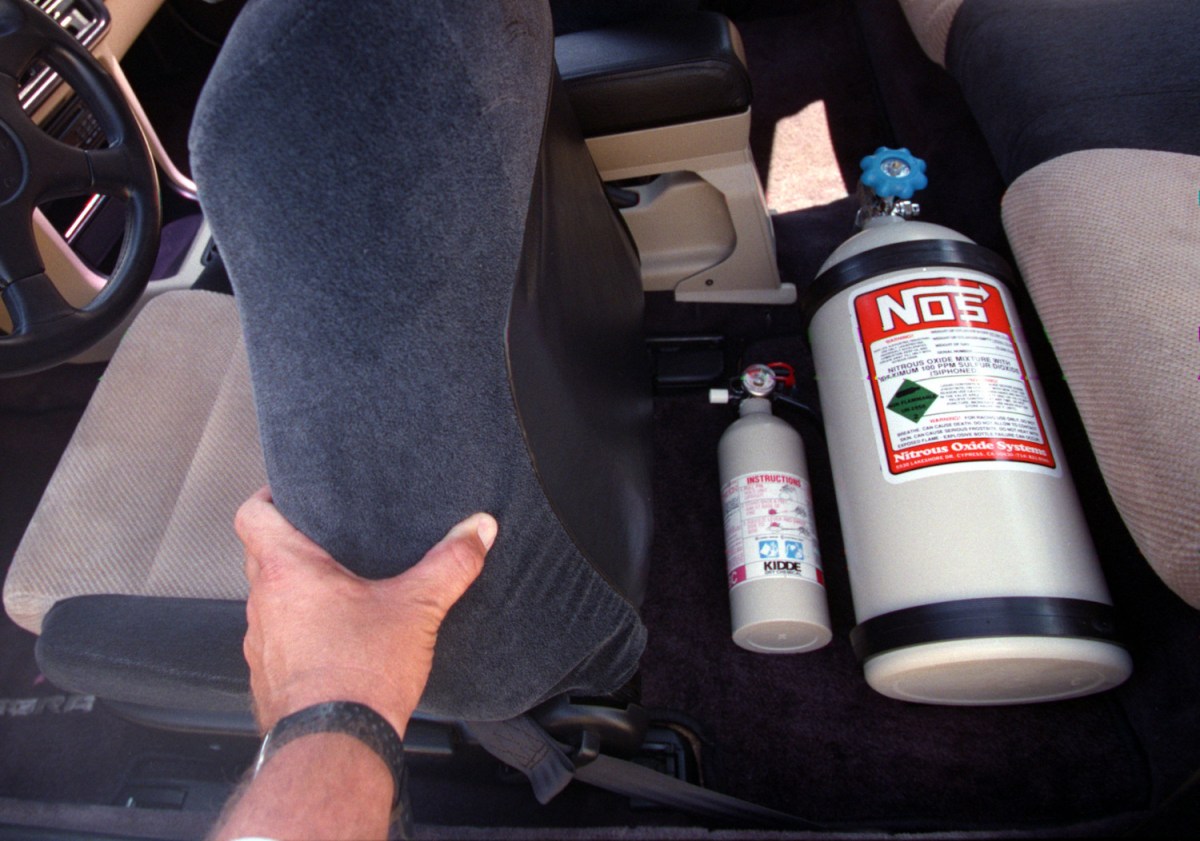
Fans of The Fast and the Furious will remember well, the one the only the great Paul Walker demanding two big tanks of NOS. It’s gaudy and powerful, but most of all, it’s cheap. A nitrous oxide kit from Summit Racing will net $350 out the door, and provide up to 150 horsepower. It’s problem solved, right?
NOS is certainly a viable option. It’s easy to set up, and totally controllable with small red buttons. However, it’s not sustainable, since the tanks need to be refilled. For a longer-lasting way to get 100 horsepower, it might be time to look at forced induction.
Junkyard supercharger/Turbo: cheaper but sustainable
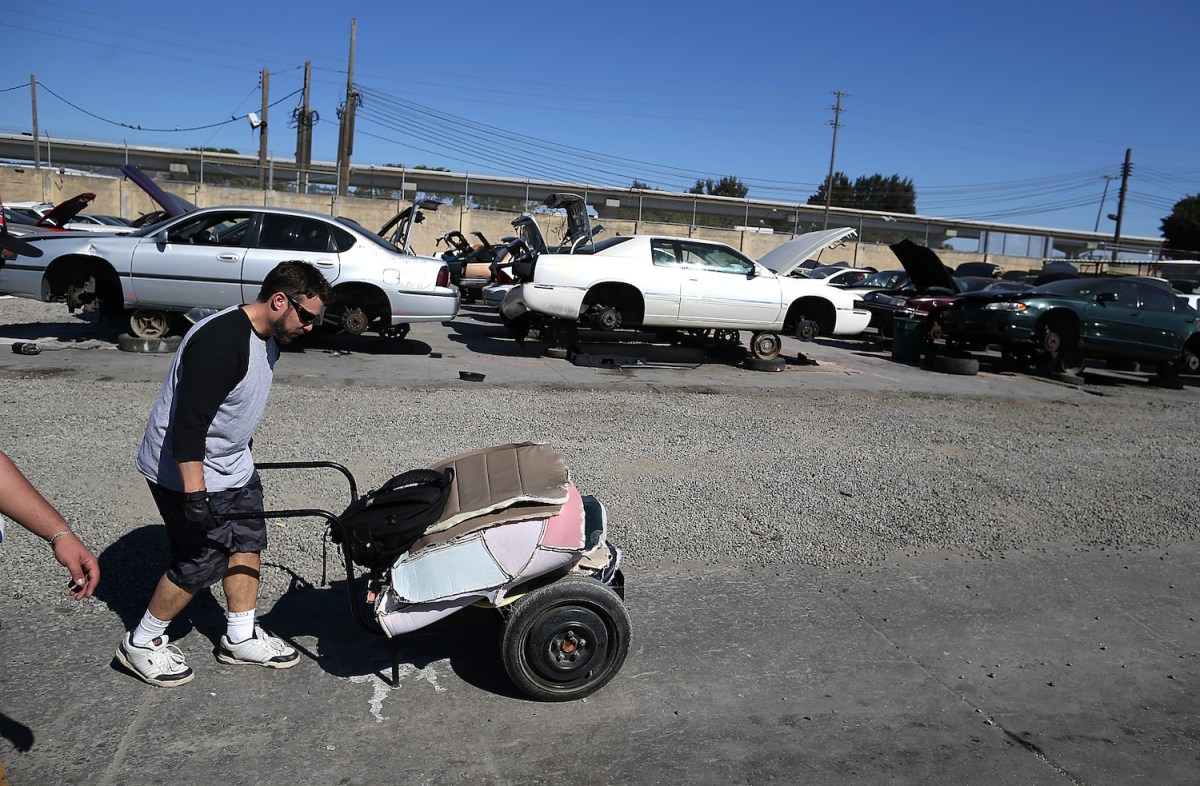
Supercharging kits that deliver 100 horsepower from the factory cost thousands of dollars, so those aren’t really options. However, there’s another way to get a supercharger and it’s through a junkyard. Pick-n-Pull, one of the best-known salvage yards in California and across the U.S., sells superchargers for $86.99. The next part of the puzzle is finding cars that came with superchargers from the factory.
Mid-90s Ford Thunderbirds are a decent place to start. These coupes came with 3.8-liter V6 engines delivering 140 horsepower while naturally aspirated, but the supercharged engines got 230 horsepower from the Eaton M90. Factory turbochargers are an option as well but generally require a lot more work.
Turbochargers need plumbing, and plenty of space for it, not to mention new exhaust manifolds and oil coolers. Superchargers are belt-driven, and while they may not be much easier to install, they are simpler. Fabrication companies sell Eaton M90 adapter plates to make installation easier.
Tunes and exhaust can bridge the horsepower gap
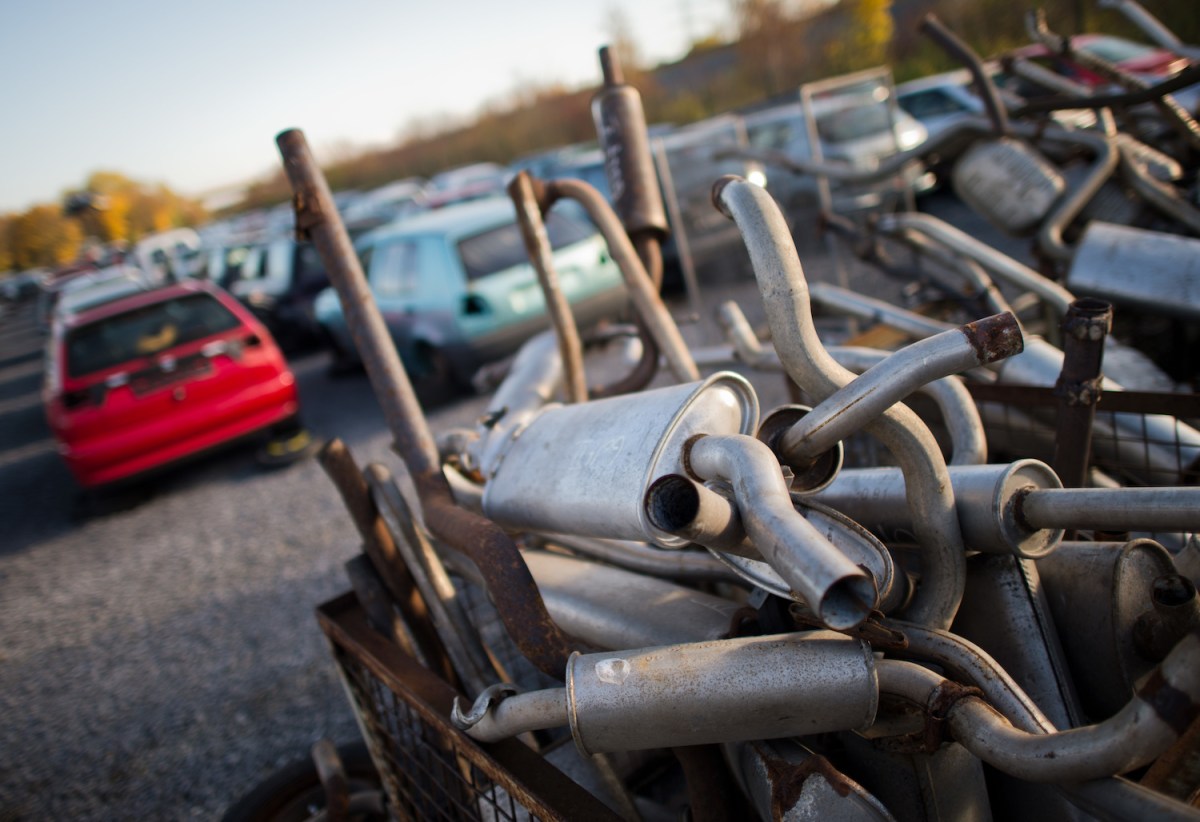
While a factory supercharger MacGuyvered to an engine may not provide all 100 horses, there are plenty of additional parts that can bridge the gap. Depending on the engine, a tune could help. Tunes can cost around $500, and coupled with the junkyard supercharger, this combination would be well within the $1,000 budget. Also depending on the engine, little modifications like a cold air intake and new exhaust could help as well. Exhaust systems can be found on SummitRacing for a few hundred dollars, as long as you’re willing to connect all of the pipes.
Is any of this a good idea?
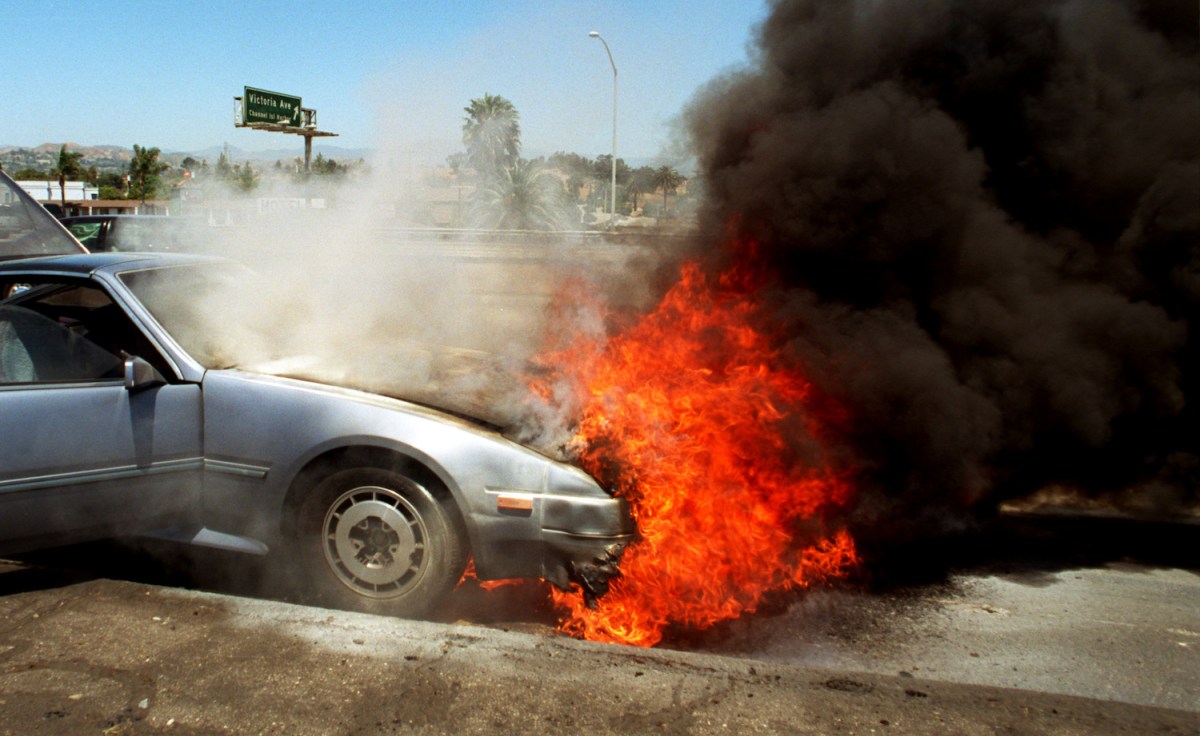
The short answer is, maybe. For long-term reliability, these may not prove to be the best options. However, for the quick [sanctioned] drag race, they are cheap and proven ways to get a serious horsepower boost.


